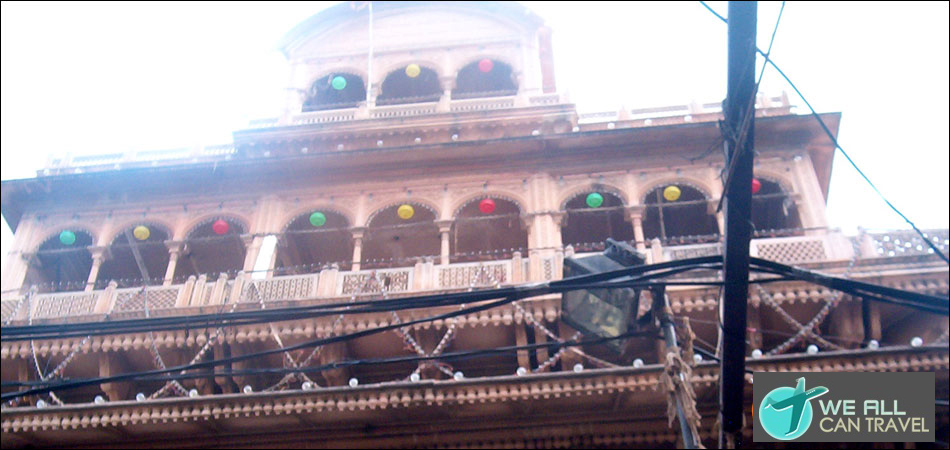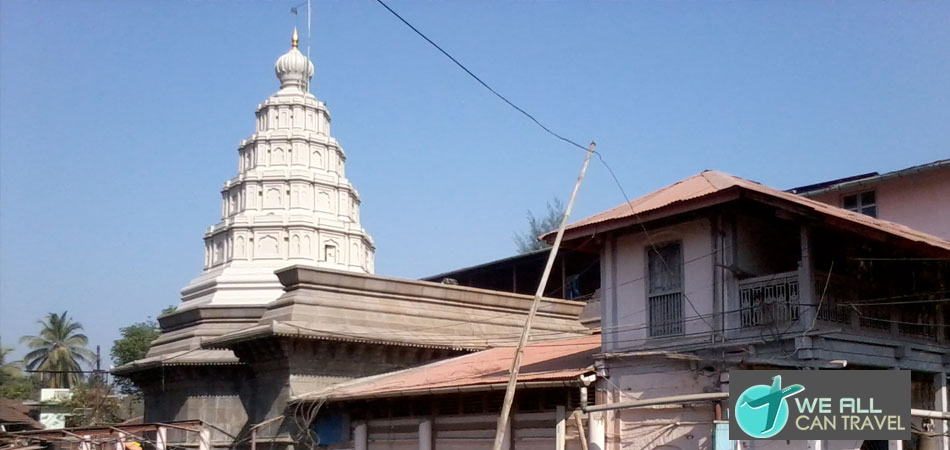About Temple
Badrinath temples present structure was built by the Kings of Garhwal about two centuries ago. The temple has three sections Garbhagriha (Sanctum), The Darshan Mandap, and Sabha Mandap. The Garbhagriha (Sanctum) houses Lord Badri Narayan, Kuber (God of wealth), Narad Rishi, Uthavar, Nar & Narayan. Lord Badri Narayan (also called as Badri Vishal) is armed with Shankh (Conch) and Chakra in two arms in a lifted posture and two arms rested on the lap in Yogamudra. The principal image is of black stone and it represents Vishnu seated in meditative pose. The temple also houses Garud (Vahana vehicle of Lord Narayan) and Goddess Mahalaxmi. Also here are the idols of Adi Shankar, Swami Desikan and Shri Ramanujan Guru-Shisya parampara is supposed to have its roots here. This is symbolised by two ranges of mountains Nar range of mountains (representing the individual soul - Jeevatma) and Narayan range of mountains (on which side is the temple situated representing the supreme soul - Paramatma). These forms were used to convey the Ashtakshara mantras, Vedas and their importance. River Alaknanda, considered to be one of the most sacred, divides the two ranges of mountains. In the backdrop of the temple and Narayan range of mountains is the Neelkanth Parvat (mountain) ice clad mountain which is a feast to watch in the early morning hours when it sparkles at the time of sunrise. This height of this majestic peak of Himalayas is 19800-ft.The Bhrama Kapala located at a distance of 200 ft. from the main shrine to the north on the banks of the river Alaknanda is the site for performance of remembrance rites for the ancestors pitras (souls of the dead) by offering prasad (rice food) of Lord Badri Narayan.
 >> Amarnath Temple
>> Amarnath Temple >> Bagnath Temple
>> Bagnath Temple >> Banke-Bihari Temple
>> Banke-Bihari Temple >> Bhimakali Temple
>> Bhimakali Temple >> Bhojeshwar Temple
>> Bhojeshwar Temple